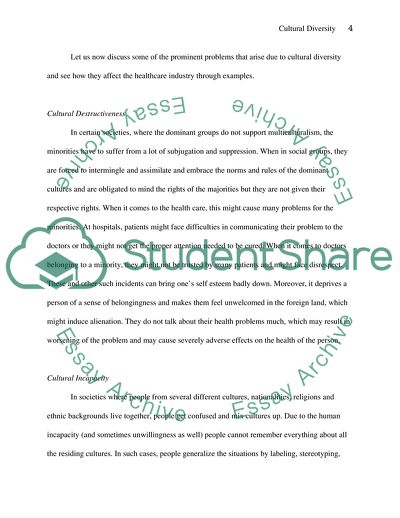Cite this document
(Cultural Diversity in Health Care Report Example | Topics and Well Written Essays - 1750 words, n.d.)
Cultural Diversity in Health Care Report Example | Topics and Well Written Essays - 1750 words. https://studentshare.org/health-sciences-medicine/1740244-cultural-diversity-in-health-care
Cultural Diversity in Health Care Report Example | Topics and Well Written Essays - 1750 words. https://studentshare.org/health-sciences-medicine/1740244-cultural-diversity-in-health-care
(Cultural Diversity in Health Care Report Example | Topics and Well Written Essays - 1750 Words)
Cultural Diversity in Health Care Report Example | Topics and Well Written Essays - 1750 Words. https://studentshare.org/health-sciences-medicine/1740244-cultural-diversity-in-health-care.
Cultural Diversity in Health Care Report Example | Topics and Well Written Essays - 1750 Words. https://studentshare.org/health-sciences-medicine/1740244-cultural-diversity-in-health-care.
“Cultural Diversity in Health Care Report Example | Topics and Well Written Essays - 1750 Words”. https://studentshare.org/health-sciences-medicine/1740244-cultural-diversity-in-health-care.


